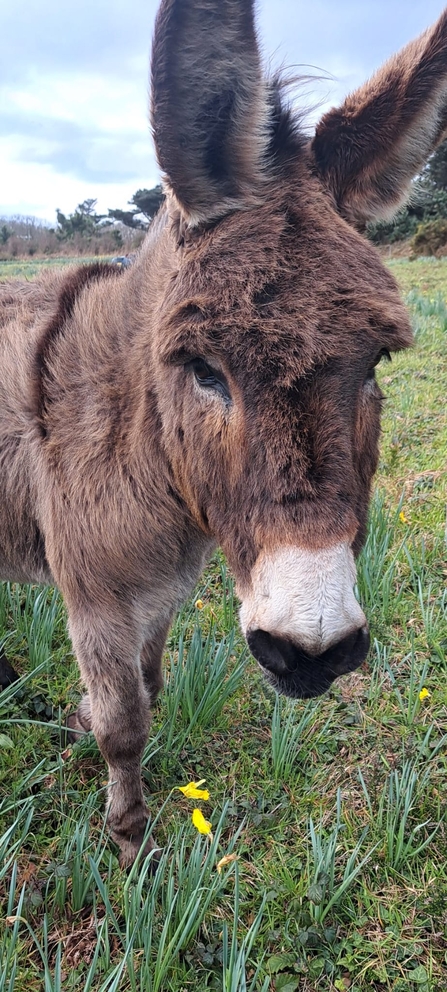Traditionally, gorse has been used for bedding and as a food source for horses and livestock. If that sounds too prickly — don’t worry! It was common practice for gorse to be ground inside stone mills, using ‘gorse crushing machines’ to prepare it before giving it to the animals. Gorse was once an important part of a working horse’s diet during the winter months. These days, gorse is invasive in many areas including Scilly. It’s a robust and widespread plant, resulting in the loss of native fauna and flora if not kept under control. However, gorse is also used as habitats by certain species of bird, such as Dartford warblers, stonechats and yellowhammers. Additionally, gorse is an exclusive food source for certain species of caterpillar, such as the Grass Emerald (Pseudoterpna pruinata) and July Belle (Scotopteryx luridata), which are both species of moth. These, along with some beetles, rely on the nectar provided by gorse during early spring when not much else is in flower. Gorse has a role in our enviroment — it just needs to be managed.
Donkeys at Helvear

Donkeys make excellent conservation grazers for a number of reasons. They are foragers, meaning they are constantly on the move picking out the best bits to eat. This is is great for Scilly’s environment as the donkeys have been observed to target new growths of gorse and brambles over other plants. They seem to have a preference for everything spiky! Unlike horses, donkeys can survive on little drinking water due to their desert origins, obtaining most of their water through their food, making them highly suitable for areas with sparser grazing.
In their field on Rocky Hill, Sandy and Bobby were gorse-eating machines, tackling the mature gorse until there was nothing left but bare, twisting branches. I often came down in the morning to find them missing, but then I’d spot two pairs of ears sticking out the top of a bush and breathe a sigh of relief. It was fascinating to discover the tunnels they made in there, slowly eating their way through to the other side (thankfully there was a wall between the gorse and the neighbours). There used to be dense thickets of bramble creeping up the old granite barn — it’s been there for as long as I can remember — but these days you wouldn’t know anything had grown there at all. One thing I noticed was how the donkeys seemed to enjoy stripping the walls clean, stretching their necks to meticulously nibble at whatever was growing on the stone. Very little was left untouched in that field. The walls are now entirely bare. Many of the low-hanging branches that once provided shade are no longer with us. You can easily imagine what an entire herd of donkeys would achieve if let loose on a large area.
After only a few days on Helvear, Sandy and Bobby have already explored every inch and have a preference for sheltering under the pine trees. In their old field Bobby had a knack for escaping through the electric fence, so fingers crossed I won’t be chasing them down the coastal path to Innisidgen anytime soon.
For now, they seem content to graze on the picturesque landscape of Helvear.


